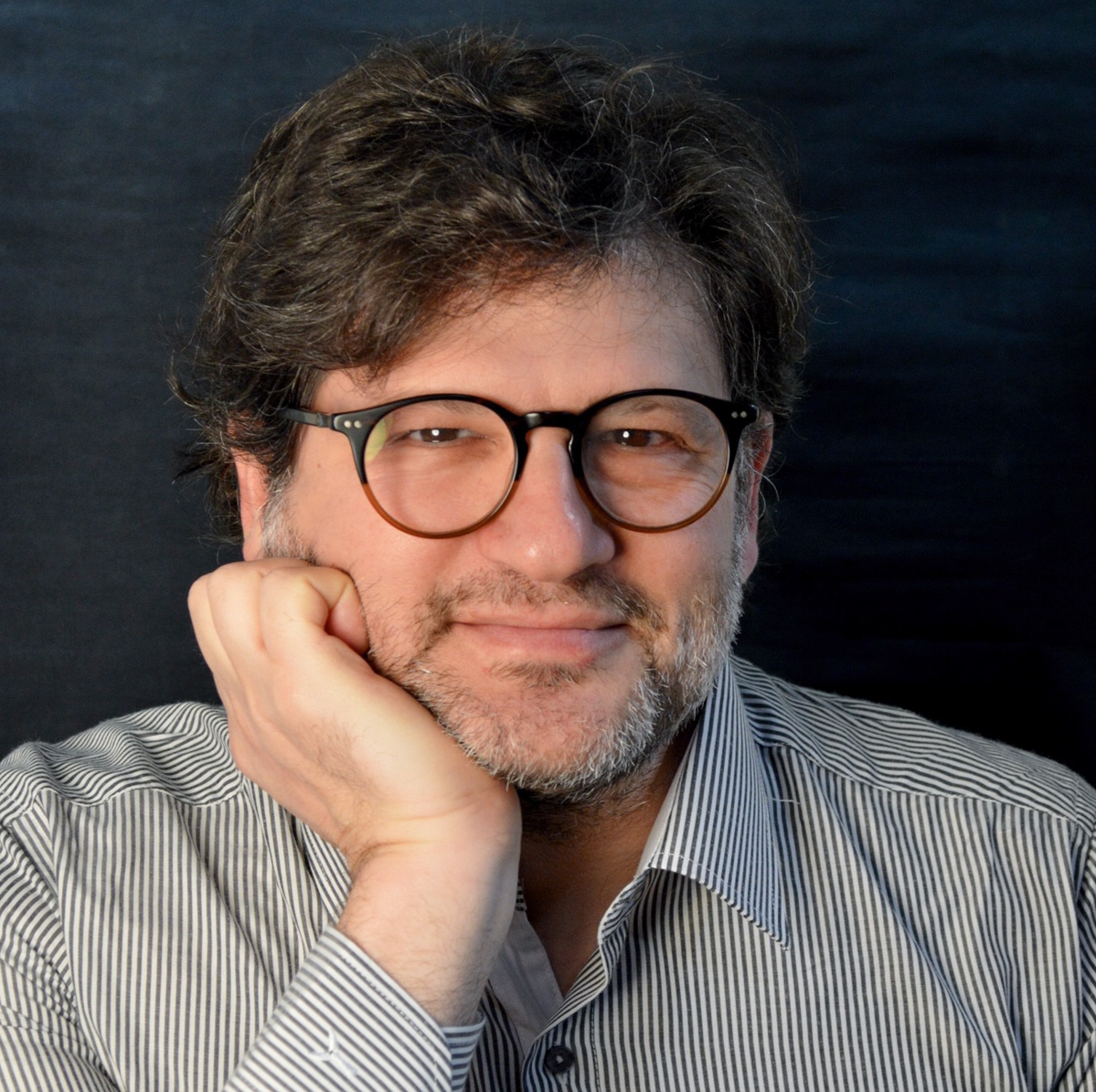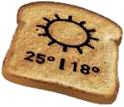
Looking at the world through the prism of a service provider (which I often do in this blog) there are at least three new things coming your way:
- UHD where the jury has come in: it’s just a question of when and how UHD will permeate the video ecosystem, the ‘if’ has been decided.
- The VR/AR jury is still out and this could be the next living room 3D failure or maybe the future of all entertainment. My advice to my consulting clients in the meantime is to take it seriously and investigate. Even if it flops miserably, it will have first had an impact on the way we think of user experience.
- That leaves us with the focus of this blog: IoT. It has been around for longer than either of the above, maybe so much so that the jury process has failed. After 15 years jurors have died of old-age without reaching a verdict. So here is what I gleaned from 2 days at Parks Associates Connections EU conference.
The tables below are in no way complete, just what I picked up about IoT's prospects from the conference including during breaks.
| Good things I heard | Example | My opinion |
| Platform openness | Nest stated 20% of users have a non-Nest device as part of their IoT setup. | Would be great if it were true. |
| A thoughtful home | This is Nest’s marketing vision beyond Smart home that appealed to all I spoke to. Devices will learn from user behaviour and “think before they chirp”. | Sexy marketing concept but just an idea for now. |
| Cross-selling | Allianz has started cross-selling between pet insurance and Smart Home clients. | Fun example but not sure of impact. |
| Make life longer | All the eHealth use cases that have been around for a long time. | Important but old hat. |
| Make life safer | Insurers on the panel believe IoT will effectively lower the number of claims. | Small impact but new to me. |
| Make life cheaper | During the breaks I got a lot of positive feedback from attendees on the upbeat presentation from British Gas/Hive. | Big one, although smart-meters have mixed press. |
| Clarification on IoT role | IoT isn’t about what we can do with tech but about what we no longer need to do thanks to it. | Nice but just an idea for now. |
| Innovative use of technology | E.g. audio only to detect broken glass, no need for cloud (ex from Audio Analytics) | Some of these cool ideas will turn to gold. |
| Parks humour. | The connected toaster may seem a pointless IoT example, yet a weather report grilled onto your morning toast could be fun and also useful |  |
| Use of IoT data | Insurers can identify juicy low-risk homes | Could lead to some opaque business practices. |
| The Cloud enabling backend interop. | Telling Alexa to set your Nest thermometer. | Nice pipe dream (see below). |
.
| Bad things I heard | Example | Market impact |
| Customer support | As above, if Alexa, doesn’t succeed in getting Nest to set the temperature, say on a Comcast network, who do you call? | |
| Liability | Connected door lock: if there’s a break-in, installer could be held accountable. | Need to rely on specialists. |
| Competing transport protocols | 3 similar low-energy radio protocols vying for attention on the same small show-floor is like shouting out to visitors, « hey come back in a few years, when we know what the right protocol is ». | Z-Wave, Zigbee and ULE differ, but not enough for all 3 to survive in the long term. |
| If Apple today officially used one of the 3 low-energy radio protocols from DECT ULE, Zigbee or Z-Wave, the effect could, decided to go 100% Wi-Fi, game over. | ||
| Even non-competing technologies are numerous | There’s also BLE, Wi-Fi-Hallow and Google supported Thread that confuse the picture further. | The multiplicity of use cases probably calls for 2 or 3 but certainly not all 6. |
| Too much noise in the market | Consumers are confused and defer purchasing decisions. | Vendors can focus on unique value ad of each device in really simple way. |
| Crossing the chasm | Early (geek) adopters are not representative as we we’re still in the depths of Geoffrey Moore’s Chasm. |
Bluetooth Mesh was confirmed for summer 2017 and will run on the billions of existing devices. This is good for some, confusing for others so I left it out of the tables.
During their panel, the low-energy radio players agreed that there was need (or at least room) for multiple transport layers. As nobody wanted to fire a first shot, everyone stayed polite. Of course for them, it’s the application layers that need to sort themselves out (i.e. only one of Amazon, Apple or Google can rule any one home).
Although there was some head-in-the-sand behind this attitude, they ain’t technically wrong. It’s easier to select the right transport protocol at execution time, than knowing who of Alexa or Nest gets the last word.
Platform or point solutions?
Do we need a complete platform to kick-start the market, or will simpler point-products better initiate the market, enabling ecosystems to take off at a later time? Consensus was clearly for the latter, with Deutsche Telekom going as far as recounting their unsuccessfully platform approach and are saying now seeing success with a more modest point-product approach. The concern with this vision is long term maintenability and short term customer support once devices from multiple vendors are in a connected home, especially when it doesn’t work.
IoT platform contenders include start-ups, Amazon (Echo), Google (Nest), Apple (Home), Telcos, CPE vendors like Panasonic and the list goes on ...
To reach mass-market we’ll need either:
- true openness and interoperability. If the main contenders were Telcos then this could happen as these companies are used to cooperating and interoperability.
- clear leader(s). Software companies rarely have the cooperation gene and are more about crushing their competitors. And unless they drop out, large scale adoption would seem to need one or maybe two of the platform contenders to dominate for the market to go beyond tipping point.
I realise in this blog that I have completely neglected the independent platforms or partial platforms present at the show like Essence, Mnubo, Mivatek, Evrything or SoftAtHome to name a few. If this blogs attracts some readership or comments, I will write a follow-up.
The conference confirmed for me that security should be IoT’s prime focus. Firstly, in securing IoT devices themselves and their precious data against hackers. But secondly and more urgently, to generate any recurring revenue as the security domain itself seems like the only one consumers are ready to pay for regularly today.
In answer to the title question we probably won’t know which year was the year of IoT take-off until we’re well passed it.

You must log in to post a comment.